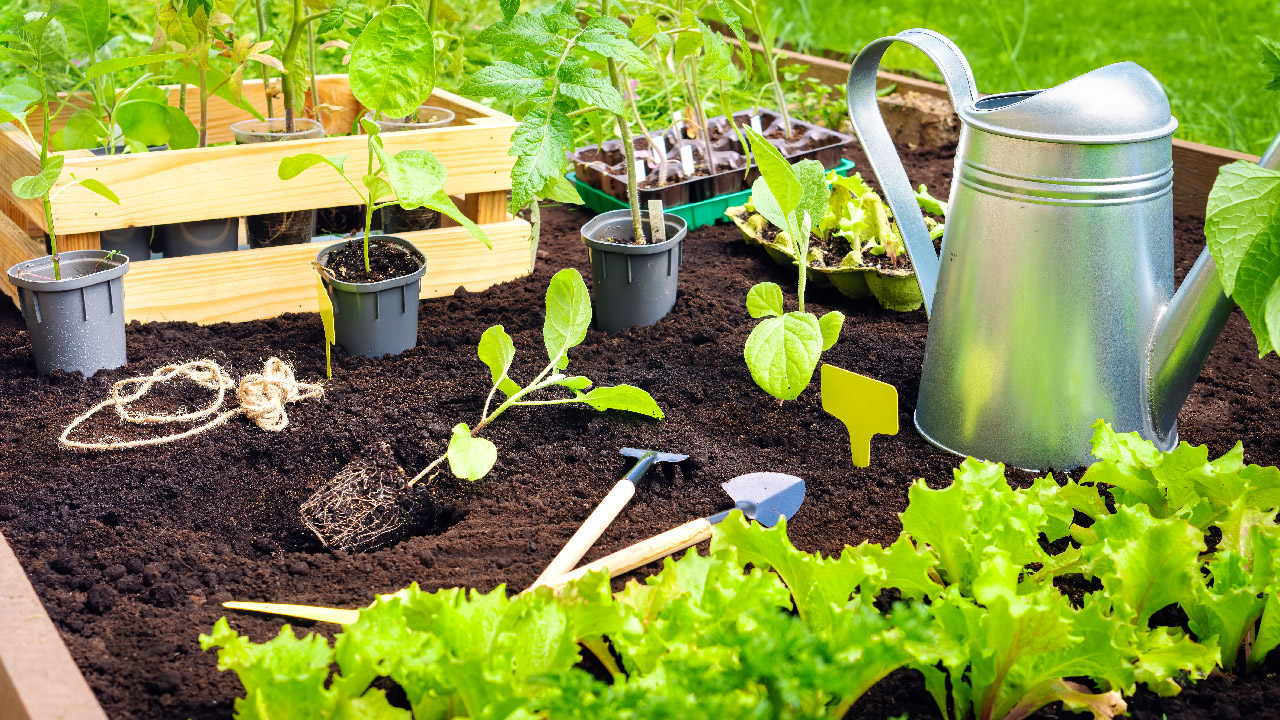Planning and Planting Your Spring Garden
Dec 15th 2022
For some of us, it has been a long, cold winter. For those who live in or who escape to southern climes, it has been a warmer season. No matter which group you belong to, though, if you are a gardener, you look forward to the arrival of spring. The onset of warmer weather means you can get out there, work the soil and exercise your green thumb.
As the weeks fly by and the weather warms, many of us are more than ready to plan and plant our spring gardens. Some of us are checking seed collections saved from last year's harvest or are searching for the seed packets we didn't get around to using last season. Now is the time to plot out a sunny spot where you can grow fresh spring lettuce or consider creating a serene new space in your garden by installing a bench in your favorite spot. In this post, we'll give you some ideas so that your plans come to life, just like your garden will.
After a dark and drab winter, the vibrant beauty of spring flowers can bring joy and good spirits. No matter your taste in flowers or your vision for your landscape, you have a multitude of choices at your disposal. There are gorgeous, drought-tolerant varieties suited for all tough conditions, such as cold winters, hot summers, droughts, and poor soil. Pollinator-friendly varieties attract butterflies, bees, and birds, which is highly beneficial for the productivity of your vegetable garden. Beautiful varieties like yarrow, salvia, Agastache, lavender, echinacea, helianthus and penstemon will fill your garden with a profusion of colors and fragrances.
For the best results, provide your plants with a strong foundation of fertile soil that is easy to work with. March and April are good months replenish your stores with as much organic matter as possible. If you have a compost pile, use the free material it provides to top-dress your veggie beds with 3 to 4 inches of aged compost. You can also use well-rotted manure. Dig through the compost or manure to the top 6 inches of last year's soil to stimulate beneficial microbes. These will attach to the roots of the plants, helping them absorb all the nutrients and moisture present in your soil. Adding a microbial powder to the soil or dusting the roots of new seedlings or plant starts will aid their growth and production.
If you live in a colder climate, you might want to get started in a small greenhouse, a hot frame or with a cover such as the GCI row cover. This material shields the plants from frost, cold, wind and insect damage, allowing you to start gardening a month earlier or prolong the season further into the fall.
If you have room for a small greenhouse, Solexx offers a good solution. Solexx greenhouses come in a variety of shapes and sizes, offer maximum usable area and feature shelves, providing years of service with enough room for you and an entire garden's worth of starts. The Solexx panel covering lets optimal diffused light through to boost plant growth without scorching or burning. These greenhouses have seen good results with starting beans, peas, snow peas, eggplant, spinach, chard cabbage and other hardy vegetables early in the spring. Between the end of March and the middle of April, you can even grow tomatoes and peppers in a greenhouse, especially with heat mats underneath the plants. Heat mats are regulated by a thermostat and can be found easily online or at a local nursery or garden center.
When looking for a new garden spot in your yard, consider how much sun or shade the area will get. Observe how many hours of direct sunlight fall on which part of the garden and whether fences, buildings or trees shade the area throughout the day. A maximum of eight hours of sunlight is perfect for most plants. Morning sun or partial shade works well for lettuces and most flowers. Tomatoes, peppers, basil, and corn need full sun. Peas can grow on a trellis or fence in full sun with southern exposure. Most plant nurseries buy from suppliers that provide information about the plants' soil and sun needs on their packet or identification stake. You can also look online for a garden plant guide.
There is a huge selection of gorgeous and hardy flowering plants at Annie's Annuals and Perennials. For drought-tolerant plants and xeriscape, check out High Country Gardens. For all-around selection, Baker Creek Heirloom Seeds can't be beat. They offer the most complete and beautifully photographed seed catalog anywhere.
One more tip: to find the plants that will do best in your area, it is smart to shop locally. If you want a successful vegetable harvest and radiant flowers blooming all spring and summer, it's recommended that you visit your local nursery or garden center for their advice on the plants that do best in your area. Plant native perennials where possible, choose plants that look the healthiest and be attentive to your garden. The results will lift your spirits.

